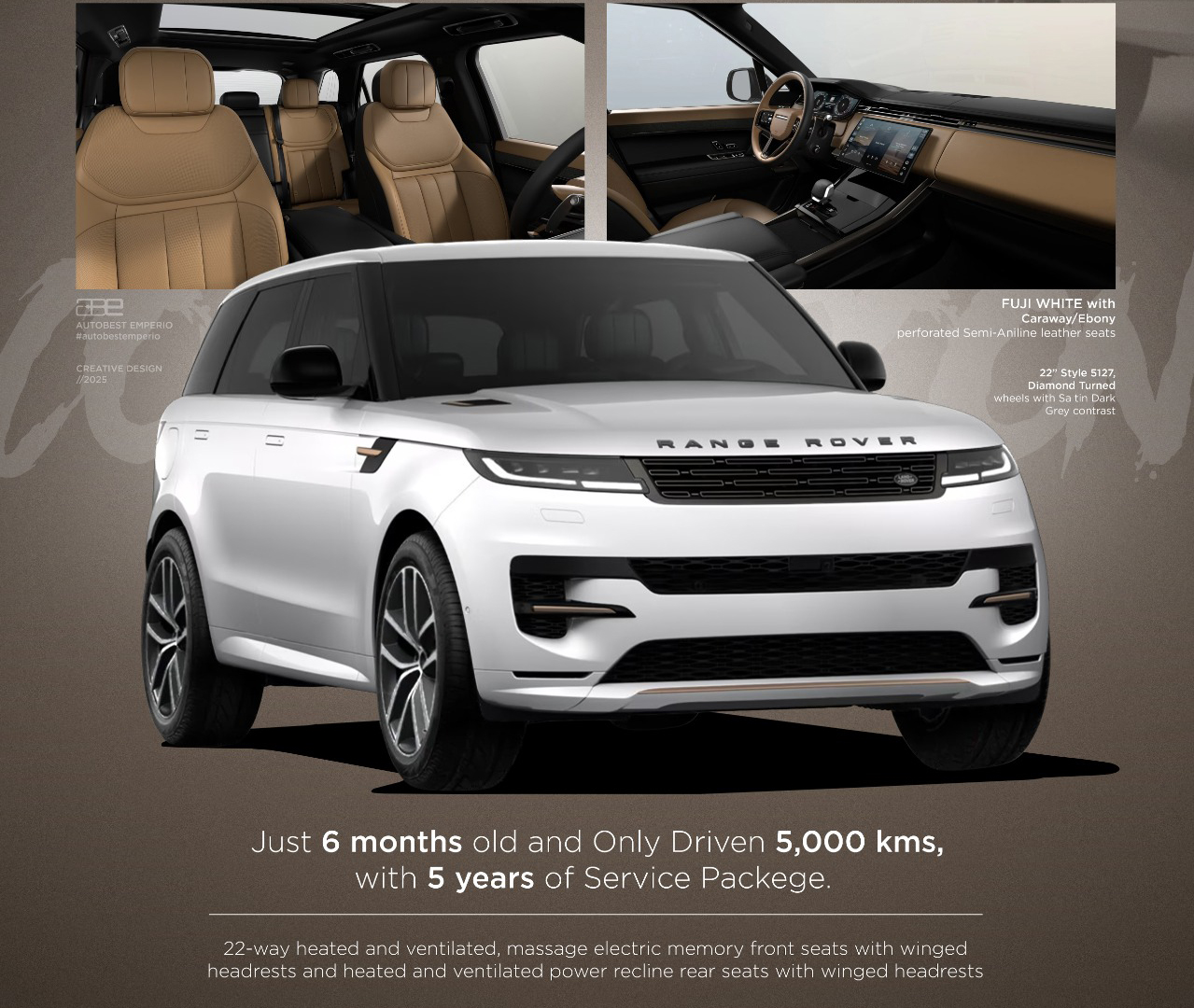CVT vs Automatic Transmission: Key Differences & Benefits

If you have sufficient knowledge about cars, then you must have heard about manual and automatic transmissions in the vehicles. For many years these two transmissions have been anticipated in a car. But time has evolved now and so has technology. You must have heard about CVT Transmission that stands for Continuously Variable Transmission. Now you must be wondering what is the difference betweenCVT vs AMT? No worries. This blog will cover all the essential key points of CVT vs Automatic that cater to your queries about CVT Transmission. So, Let's dive straight into the blog.
CVT Transmissions vs Automatic: How They Work?
The standard automatic transmissions have a complicated series of gears, brakes, and clutches. These gears are usually referred to as speed limits. In an automatic transmission, each gear can only reach a certain vehicle speed, when the driver changes it. This transmission goes up like the first, second, and third.
However, in comparison of Automatic vs CVT Transmission, the CVT Transmission produces the most effective speed of the engine even if the vehicle is accelerating quickly. This transmission only has a single gear which is suitable for all kinds of driving needs and conditions. Here, the driver does not need to shift from one gear to another to accelerate speed. Drivers will notice a change in engine speed or RPMs which is frequently higher for acceleration and lower for cruising purposes. It can be said that CVT is the prime example of how vehicles are enhancing and upscaling day to day. Thus, CVT has been immensely gaining recognition in the past few years.
Exploring Their Key Benefits of CVT vs Automatic
Before buying, its important to consider cvt vs automatic pros and consin detail. Here are some of the critical benefits of CVTs Transmission that put them a step ahead from the orthodox automatic transmissions.
Benefits of CVT Transmission
-
Better Fuel Efficiency
CVTs are more efficient due to their capability of adjustment gear ratio continuously for optimum running and working of the engine. On the other hand, the conventional automatics have very few and limited and number of gears. The maximum is having up to 10, these CVTs can alter the ratio infinitely. Such flexibility in the gear system often leads to better Fuel economy.
-
Lighter Weight
Continuously Variable Transmission are generally more light weight, compact in comparison to all the classic automatic transmissions. They do not take up large spaces and also weigh very less which can support the improvement of overall efficiency of the car.
-
Non-Complexity and Cheaper
As said earlier, the automatic transmissions are very much complicated and have a number of parts, which makes them expensive and difficult to assemble. Whereas in comparison, the CVTs have a straightforward design which makes them cheap and easier to manufacture in the market.
-
Smoother Performance
As there are no fixed gears in CVTs, they provide a smooth acceleration to the drivers. Even, they adjust seamlessly to all kinds of driving requirements and conditions as per your speed needs. This ensures a steady and consistent driving experience without the necessity of gear changing ability.
Benefits of Automatic Transmission
There is no doubt that Automatic Transmission also guarantees some of the crucial advantages that are beneficial for the car enthusiasts. Let's unfold its benefits in detail:
-
Stronger Connection
The engine and speed of the vehicle is interconnected which provides a sense of connection between the gears and engine through speed.
-
Sense of Control
The driver surely gets a better sense of Control due to upshifting and downshifting of the gears. This helps the driver to control the vehicle as per their choice.
-
Less Maintenance Cost
The automatic transmissions are very less expensive to maintain as compared to CVTs Transmission. In case any fault occurs, an individual will have to incur a high amount of expense for its repair.
-
Engagement with a vehicle:
If something is in your control, especially the car you are driving, it gives you a sense of accountability which offers more engaging experience and a smooth drive.
Which Is Better Between CVT OR Automatic Transmission?
There is a major Difference Between Automatic and CVT Transmission. One benefit of a Continuously Variable Transmission (CVT) is its ability to adjust gear ratios smoothly. This means the engine always operates at its best efficiency, which often results in better fuel economy, especially in city driving.
According to Digital Trends, cars with CVTs generally provide a smoother ride compared to those with traditional automatic transmissions. This is because CVTs don’t have distinct gear shifts. As a result, you avoid sudden gear changes and the sensation of the car hunting for the right gear, which can happen with conventional automatics.
CVTs are also lighter than traditional automatics. This reduced weight, along with the smoother operation, helps enhance fuel efficiency in vehicles with CVTs.
Additionally, because CVTs don't use fixed gears, they can more easily maintain the optimal torque ratio. This makes starting from a stop and handling challenging terrains easier, as the CVT can adjust to the best "gear" and keep the vehicle running smoothly.
Key Differences Between CVT and AMT: What You Need to Know
When choosing, its important to know the difference between cvt and amt.. A standard automatic uses between three and ten gears to match engine speed with vehicle speed. By shifting through these gears automatically, it keeps the engine from running at high RPMs that could cause damage, ensuring optimal horsepower and engine health.
In contrast, a CVT doesn’t use fixed gears. Instead, it relies on pulleys and belts to continuously adjust the gear ratio, providing an infinite range of ratios. This means the CVT maintains peak efficiency without any gaps between gear ratios, offering smooth performance without requiring driver intervention.
Why Choose CVT vs AMT?
Continuously Variable Transmissions (CVTs) typically offer slightly better fuel efficiency, particularly for city driving. They provide smoother and more efficient power delivery and eliminate the jarring sensation of shifting gears. However, it may take some time to get used to a CVT. Some drivers have reported a persistent noise, known as engine drone, which can be annoying for some. To determine if a CVT is right for you, it’s best to take a thorough test drive before making a purchase.
When buying a car,cvt vs automatic reliabilityis criticial to be noticed properly. It affects how the vehicle performs and the cost of ownership. Understanding the differences between automatic transmissions and CVTs helps you make a well-informed choice at the dealership, ensuring that your new car will meet your needs and serve you well for years to come.
Conclusion
In conclusion, whether you prefer a CVT or an automatic transmission depends on your driving style and maintenance preferences. For those exploring options, check out second hand cars for sale, including used Mercedes cars, second hand BMW cars, and Lamborghini cars for sale, to find a vehicle that fits your needs and budget.
FAQs:
1. How does a CVT transmission differ from a traditional automatic transmission?
Unlike traditional automatic transmission, CVTs do not alter its speed on changing the gear. Instead, it has a single gear and acceleration speed for all driving conditions.
2. Is a CVT transmission more reliable than a traditional automatic?
Both automatic and CVT Transmission has their own advantages and disadvantages, it depends what kind of transmission an individual feel comfortable with.
3. How do CVT and automatic transmissions impact resale value?
As per the latest trends, CTVs are more in trend which makes it more expensive and popular among the generation. It advanced technology also makes it expensive which inturn make the resale value higher.
4. Which is Top Speed CVT and automatic cars in india?
Maruti Suzuki Baleno (Delta, Zeta and Alpha), Honda Amaze (S and VX), Toyota Yaris (G, V, VX and J) are top CVT Cars in India.
On the other hand, Lamborghini Urus SE , Mercedes-Benz CLE cabriolet are the best automatic cars in India.

 By Admin
By Admin









